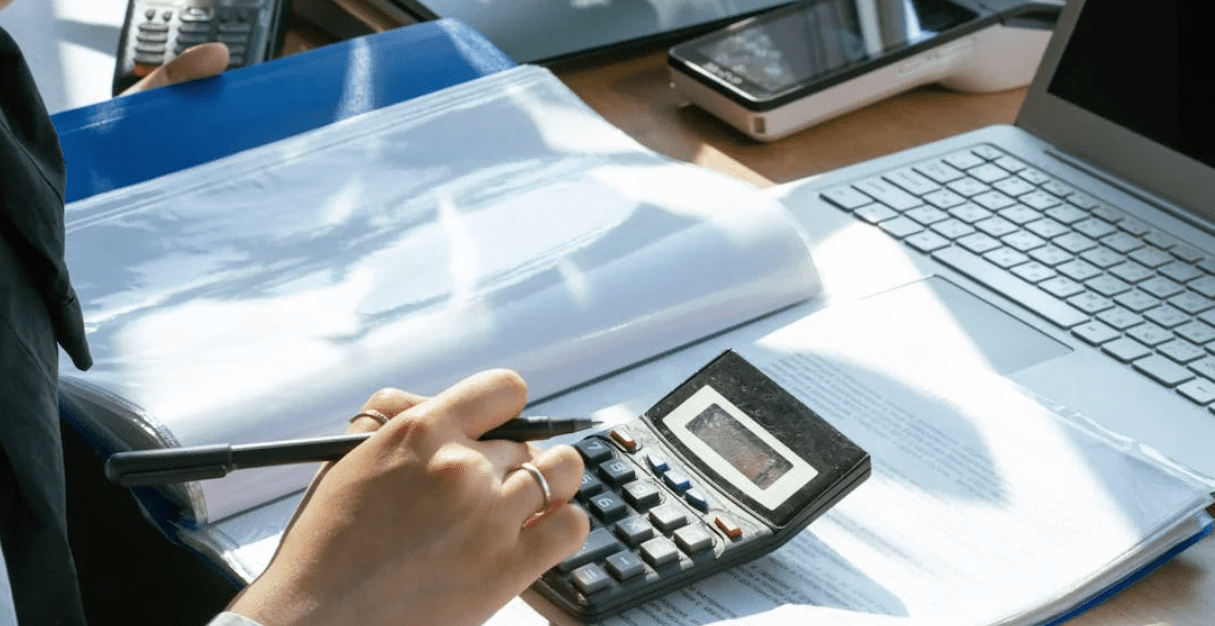Top Benefits of Using a Lease Ledger in Property Management
Top Benefits of Using a Lease Ledger in Property Management
Blog Article
Mastering the Lease Ledger: A Landlord’s Essential Tool
Checking tenant payments is one of the very most critical areas of house management. Whether you are controlling a number of homes or a comprehensive portfolio, maintaining a precise lease ledger guarantees financial transparency and simplifies payment tracking. But managing tenant funds effectively requires a well-structured approach. Here's a concise guide to getting hired right.

The Importance of a Lease Ledger
A lease ledger is actually an economic record that trails lease payments, safety remains, late fees, and other tenant transactions. It provides as a main database for all monetary connections between landlords and tenants. Without a properly maintained ledger, home managers chance miscalculating income, overlooking missed payments, or producing disputes with renters. An arranged lease ledger helps remove these risks while maintaining professionalism.
Tips for Efficiently Monitoring Tenant Funds
1. Utilize Technology for Precision
Manual record-keeping may possibly benefit just one home, but as the number of items grows, it becomes impractical. Leveraging electronic methods or simple spreadsheet templates may drastically increase accuracy. These instruments usually allow you to automate repeating lease payments, produce reminders for late amounts, and produce studies instantly.
2. Produce a Consistent Structure
A lease ledger must follow a clear and consistent format. At a minimum, your ledger should include:
• Tenant titles
• Due times
• Amounts paid
• Remarkable amounts
• Records for any additional prices (e.g., preservation costs or late charges)
Standardizing these details assures every record is standard and easy to interpret.
3. Check Cost Position Frequently
Checking your lease ledger frequently guarantees you remain on top of delayed payments and may undertake possible dilemmas early. Set aside time monthly to reconcile payments acquired against what's recorded in your ledger. This exercise also helps in identifying trends, such as for example regularly late-paying tenants.
4. Keep in touch with Tenants Obviously
Appropriate files mean little if tenants aren't knowledgeable of their cost obligations. Deliver pointers for upcoming lease due times or update them on any exceptional balances. Clear connection reduces misunderstandings and encourages timely payments.
5. Record Everything
Every payment produced, whether partial or whole, should be reported instantly in the ledger. Monitoring every exchange ensures both parties have a reference point in case there is disputes. Also small facts, such as for example waived late expenses or modified obligations, should be entered into the record.

Ultimate Thoughts
An efficient lease ledger not just simplifies tenant cost administration but in addition offers reassurance for landlords and house managers. By adding distinct structures, leveraging digital instruments, and maintaining correct files, you can establish a easy system that reduces problems and builds better tenant relationships. Start controlling your obligations better today and set the foundation for long-term financial stability! Report this page